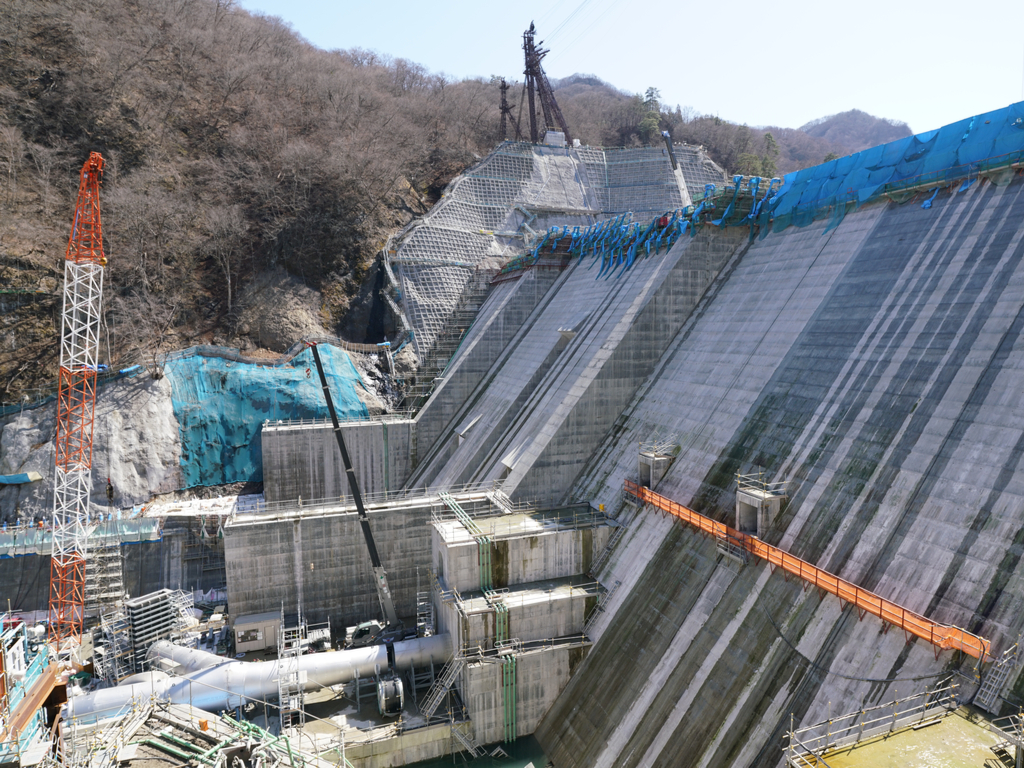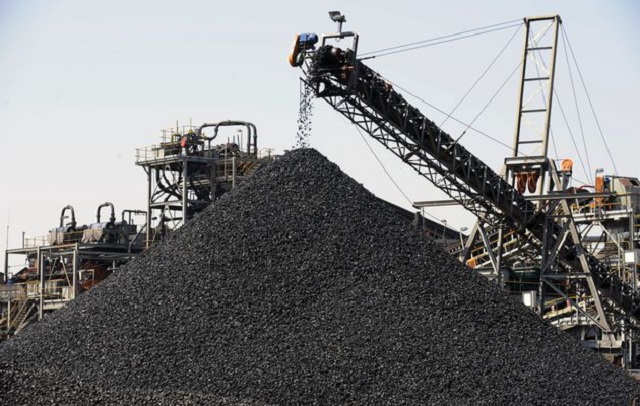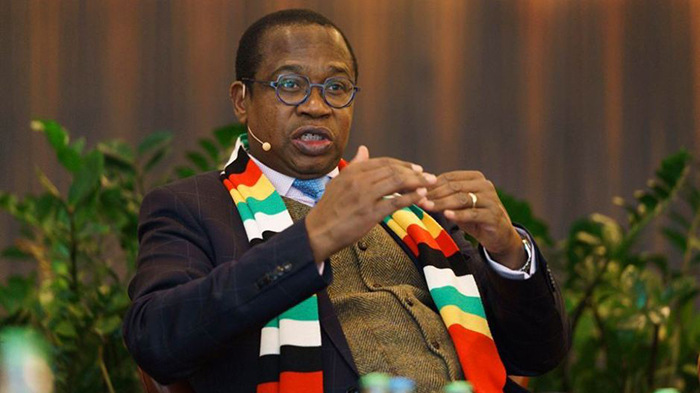Infrastructure chews 33pc of budget
The $139,8 billion that Finance and Economic Development Minister Mthuli Ncube, proposes to spend on infrastructure in 2021 is probably the biggest spend government has made on capex in years.
The infrastructure spend is 33 percent of the 2021 National Budget of $421,6 billion.
For the past 10 years or so, recurrent expenditures dominated Government spending, albeit with the bulk toward employments costs. This left Government with little space to spend on fixed investment in social infrastructure (schools, hospitals, low cost housing, etc) or physical infrastructure (roads, bridges, harbours, airports, etc).
For the period to September 2011 recurrent expenditures amounted to US$1,68 billion, against capital expenditures of US$0,192 billion. That’s only 11,4 percent of total expenditure spent on capex.
In 2013, the Budget plan was to spend 86,4 percent on recurrent expenditures and only 13,6 percent on capital development.
This was the norm and it got worse in 2016. By end of September of that year, employment costs alone accounted for 95 percent of collected revenue.
The implications of underinvestment in infrastructure are easy to understand and need no further explanation.
Insufficient investment in an economy means sub-optimal economic growth, sub-optimal job creation, and inferior overall living standards.
Indeed, Zimbabwe today suffers from decades of underinvestment in social and physical capital. It is evident in the state of roads, schools, and hospitals. Utilities too are not good enough to serve the growing population. They are inadequate, inefficient, and costly.
What has made things worse for Zimbabwe is that it receives very little capital inflow from abroad. Official figures show that Zimbabwe received a paltry US$44,5 million in foreign investment for the 10 months to October 2019. The inflows fell far shy for the comparable period in 2020. Only US$30,6 million was received.
Tackling the country’s infrastructure gap thus remains an outstanding challenge.
According to Minister Ncube, Government is determined to improve delivery of infrastructure projects through sustained public spending on construction activities, even under the difficult environment posed by the Covid-19.
Infrastructure spending meaningfully redresses some of the challenges arising from the prevailing infrastructure gap, which naturally constrained rapid economic growth and development.
Consistent with the National Development Strategy, the priorities for the National Public Infrastructure Investment Programme for 2021 will be towards maintaining and repairing current infrastructure, complete ongoing and stalled projects, while investing in project development activities that would ensure we have a compendium of pipeline bankable projects, ready for the market, Secretary for Finance George Guvamatanga wrote in the preface to the Government document titled 2021 Infrastructure Investment Programme.
Drawing from NDS1, the 2021 Infrastructure Investment Programme provides new impetus in the delivery of projects that support economic recovery and growth, protect lives and livelihoods, create jobs, and stimulate productive investment.
Consistent with this objective, overall capital funding through the fiscus will be increased to 5,5 percent of GDP in 2021.
Overall support under the Infrastructure Investment Programme for 2021 amounts to $139,8 billion.
With national electricity access at 47 percent and the quality of electricity supply remaining a key challenge undermining economic activity and citizen wellbeing, the energy sector got the biggest share with a target spend of $45,7 billion.
Ongoing works at Hwange 7 & 8 Expansion Project, funded through a US$997,7 million loan from China, remains a priority, with $32,2 billion expected to be disbursed during 2021.
Transport related infrastructure is also favoured with targeted allocation amounting to $36,4 billion. The amount is mainly targeting ongoing works in the roads sector, $31,6 billion, aviation $4,57 billion with $250 million being set aside for the rail sub-sector.
The Harare-Beitbridge project takes the bulk of the resources with an allocation of $10 billion, meant to sustain works on the project that has a completion deadline of 2022.
This comes at a time the main transport modes that serve the Zimbabwean economy of roads, railways, aviation, and inland waterways all face challenges arising from lack of investment.
A good transport system is believed to be key and enhances competitiveness of goods and services in regional and overseas export markets, as well as improve connectivity for people when they undertake productive activities and access social services.
Meanwhile, Government will fund the rehabilitation of the country’s railway infrastructure to the tune of $250 million next year in view of its importance to economic growth.
The proposed $250 million addition to the National Railways of Zimbabwe (NRZ)’s own financial resources.
Decades of inadequate funding to the sector has contributed to the dilapidated state of the country’s railway system.
Official figures show that Zimbabwe’s freight carriage has fallen from a peak of 18 million tonnes in 2007 to current averages of 3 million tonnes per annum, which has put pressure on the country’s road network.
Said Minister Mthuli Ncube this week: “During 2021, Government targets to complement the parastatal’s own resources with $250 million being set aside for urgent maintenance services.”
Refurbishment of the railway system is a priority under the recently launched National Development Strategy 1 (NDS1).
“The NDS1 has . . . prioritised the following interventions during the strategy period: recapitalisation of NRZ, focussing on refurbishment and replacement of rolling stock, signalling equipment, ICT and track infrastructure; developing a bankable rail infrastructure development plan; implementation of cost-based user fees aligned to market fundamentals in order to improve performance and allow for re-investment in additional capacities,” reads part of the 2021 Zimbabwe Infrastructure Investment Programme, which was released this week.
“Rebuilding confidence through Service Level Agreements (SLA) with customers, and capacity building, including training of artisans and other key personnel in order to improve performance.”
Operational capacity at NRZ had been impacted negatively by the unfavourable economic conditions in the past few decades.
Tracks have been sinking due to overuse without routine repairs, while signalling systems and power transmission lines between Harare and Dabuka have been vandalised.
At its peak in the 1990s, the NRZ employed about 20 000 people and now has under 4 000 employees..-ebusinessweekly. o.zw











